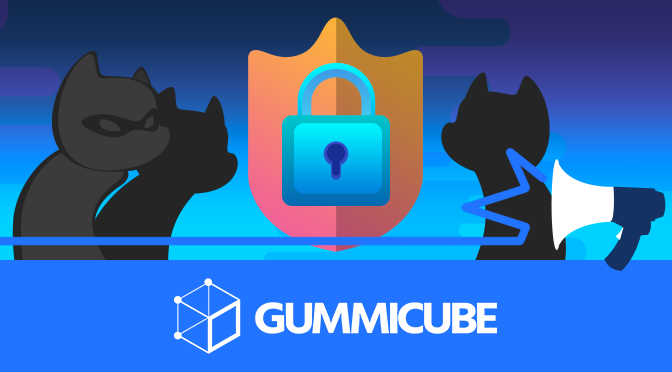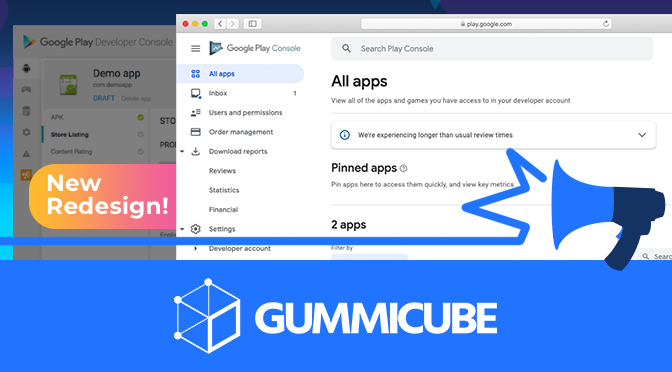
App Store Holiday Schedule 2020
Posted on November 23rd, 2020
When is the App Store Holiday Schedule 2020? Learn about the dates of this year's shutdown and how to prepare.

Over the past few years, Google has worked hard to increase trust in the Play Store by constantly removing bad apps and improving their technology to make sure similar apps never appear in the first place. This hasn’t been easy for them since they rely on an automated approval process rather than human interaction, but their algorithm has come a long way. In the fight against the bad seed developers, 2017 was a banner year, with over 700,000 apps either being taken down or denied, which was a 70% increase over 2016. Google claims that 99% of these apps were caught during the approval process and never reached the Play Store. Along with this, they have begun to deal with repeat offenders, with 100,000 developers being banned outright. While it’s not perfect, Google attributes their success to increased reliance on machine learning technology, which has successfully identified and blocked copycat apps, apps with inappropriate content, and Potentially Harmful Applications (PHA). When you’re ready to submit your app to the Google Play store, here are a few helpful tips to prevent it from being rejected: Make Sure You Own All Your Content The most common type of apps that Google looks for is copycat apps, which accounted for over 250,000 of the 700,000 caught last year. Google describes these as “attempting to deceive users by impersonating famous apps.” This can range from completely stealing an app’s code to copying the icon. However, not all apps turned down by Google as copycat apps are copies on purpose. Some apps simply don’t have a license for the assets they use. This reason is why it is important to either create original content or make sure you have all the rights to anything you use, both in your creatives and within the app itself.
This one is simple. Your app should have unique creatives. One of the most important aspects of App Store Optimization for organic growth is creating unique and compelling creatives that fit your app. This is especially important when your app is in a saturated genre. Creating a unique icon, set of screenshots and preview videos will help you not only stand out from other apps, but also help you avoid rejection.
The other aspect of successful ASO is optimizing metadata in a way that is relevant to the app. While it may be tempting to copy a successful description, this will be a red flag to Google, even if you swap out a few words. It can also potentially send the wrong message to users who are interested in your app. If they see nearly identical descriptions, one with millions of downloads and one with very few, they’ll know right away to avoid the copycat.
While Google’s machine learning algorithm isn’t perfect, it has come a long way and will continue to improve. Making sure that your app stands out from the rest with a strong ASO strategy will go a long way to ensure your place on the Google Play store without any problems. On the other hand, copying another app will only lead to problems, and potentially end up getting you on Google’s banned developer’s list. Getting caught with an app against Google’s TOS will only hurt any future chance for success on the Play Store. It’s not worth the risk.

When is the App Store Holiday Schedule 2020? Learn about the dates of this year's shutdown and how to prepare.

Apple's App Store Guidelines have strict privacy requirements. Developers now must provide information to users on the App Store listing regarding the data they access.

The Google Play Developer Console has been updated with a new design and adjusted tools. What's different, and how will it impact App Store Optimization?